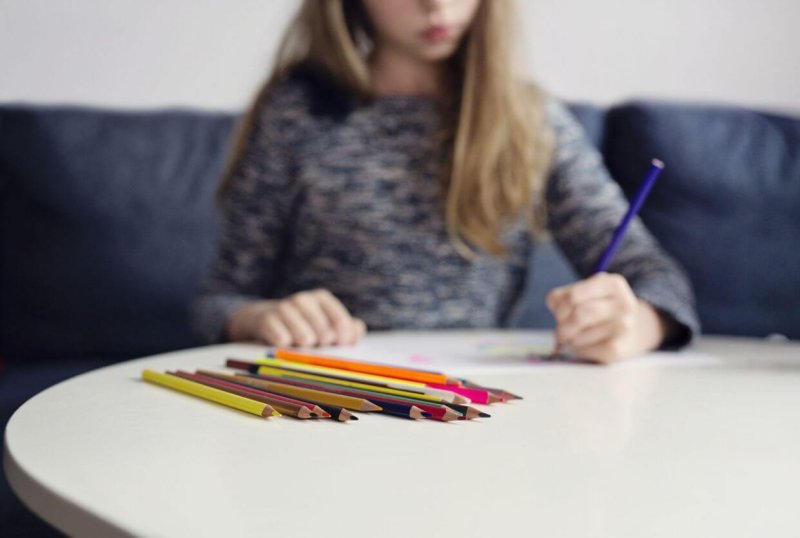For the first time, scientists have pinpointed regions of human DNA that closely relate to whether people are right- or left-handed. They also linked these regions to language-related features in the brain.
…
Three of the regions are either within or influence genes that code for proteins that are “involved in brain development and patterning.”
These proteins have a key role in making scaffolding-like building blocks called microtubules that guide the construction of cells.
Comprising long-chained molecules, microtubules make up the cytoskeleton, or the physical structure of cells throughout the body, and can assemble and disassemble very quickly in response to cell signals.
The genes that drive the formation of the cytoskeleton are also responsible for right and left differences in growth and development in animals. This can appear, for example, in snails whose shells can coil either to the left or the right.
…
“We know from other animals,” [researcher Gwenaëlle] Douaud continues, “such as snails and frogs, that these effects are caused by very early genetically guided events, so this raises the tantalizing possibility that the hallmarks of the future development of handedness start appearing in the brain in the womb.”
Read full, original post: Scientists identify genetic components of left-handedness































